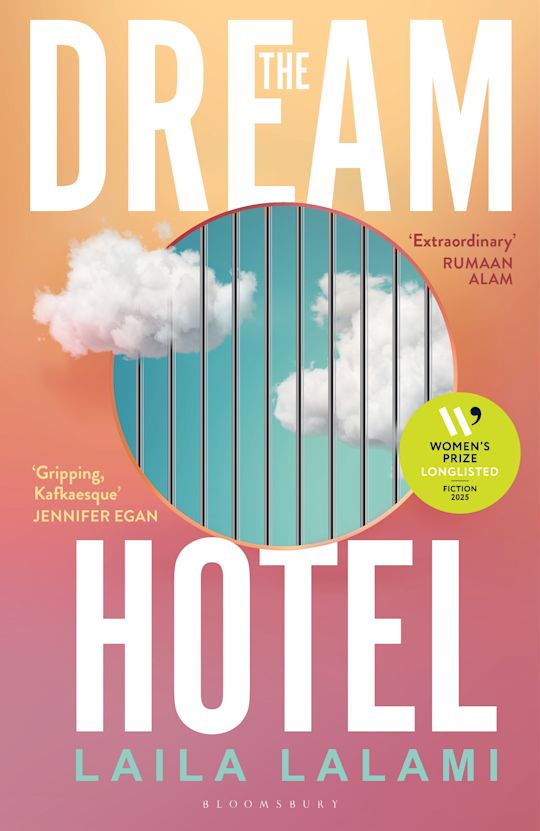A Place for Everything: The curious history of alphabetical order
Picador $34.99 hb, 368 pp
A Place for Everything: The curious history of alphabetical order by Judith Flanders
In the early nineteenth century, Sequoyah, a Cherokee man living in Alabama, developed a fundamentally new system of writing Cherokee, which had until then not been a written language. Sequoyah’s system – properly a syllabary rather than an alphabet, in that it represents the eighty-five syllables used in Cherokee – is fascinating, innovative, and remains in use today. But in what order did those fabulous syllables go? Sequoyah provided a chart, but the missionary Samuel Worcester quickly rearranged it to suit English alphabetic order. Language was power, and ‘alphabetic order’ proved not to be neutral.
These thoughts come to mind while reading social historian Judith Flanders’ new book, A Place for Everything, in which she explores the development and dominance of alphabetic order in Western Europe and the United States from the medieval period to the twenty-first century. Flanders organises her book alphabetically (A is for …, B is for …, and so on), but jumps from I (index cards) to Y (Y2K) for a sort of epilogue on the twilight of the alphabet.
Continue reading for only $10 per month. Subscribe and gain full access to Australian Book Review. Already a subscriber? Sign in. If you need assistance, feel free to contact us.














Leave a comment
If you are an ABR subscriber, you will need to sign in to post a comment.
If you have forgotten your sign in details, or if you receive an error message when trying to submit your comment, please email your comment (and the name of the article to which it relates) to ABR Comments. We will review your comment and, subject to approval, we will post it under your name.
Please note that all comments must be approved by ABR and comply with our Terms & Conditions.